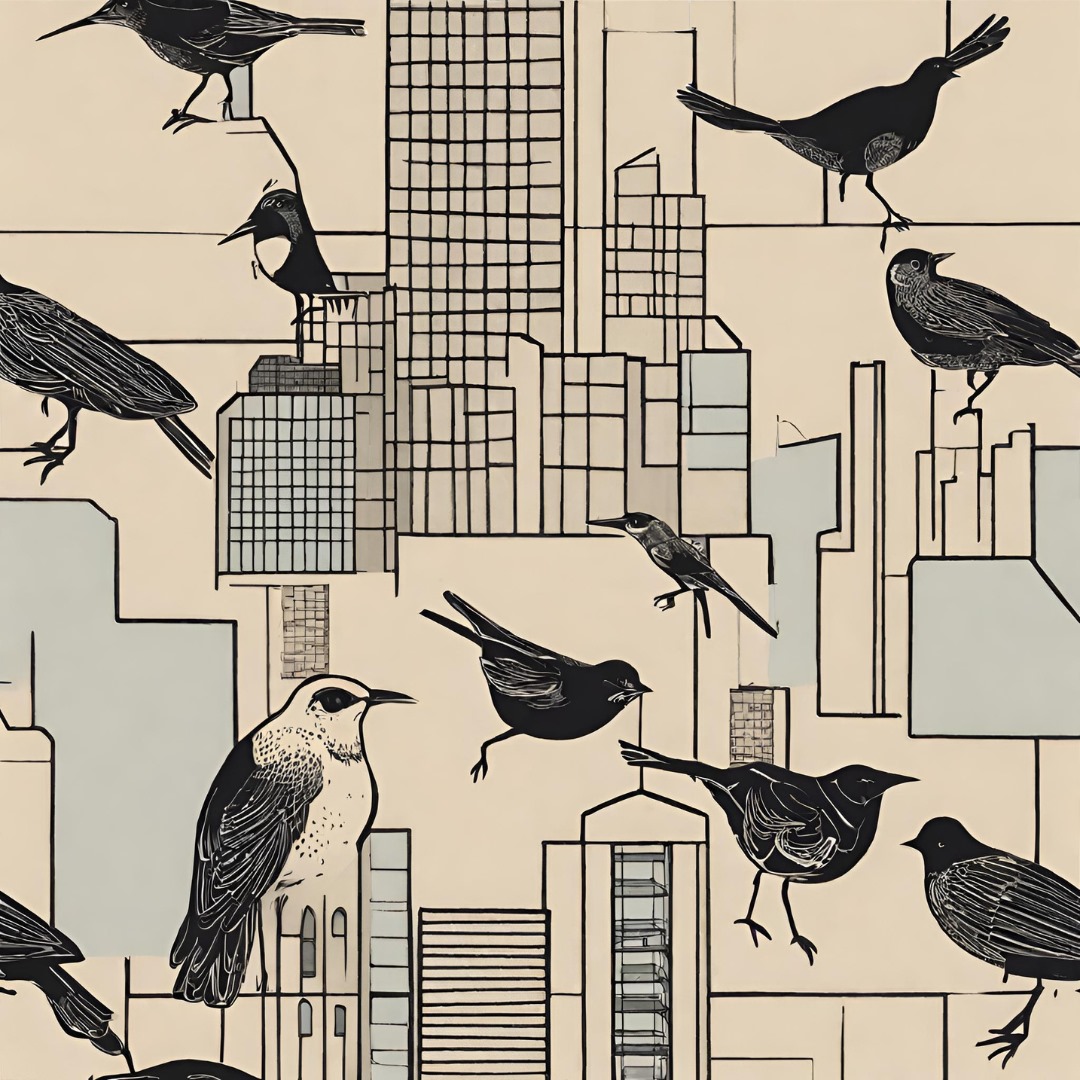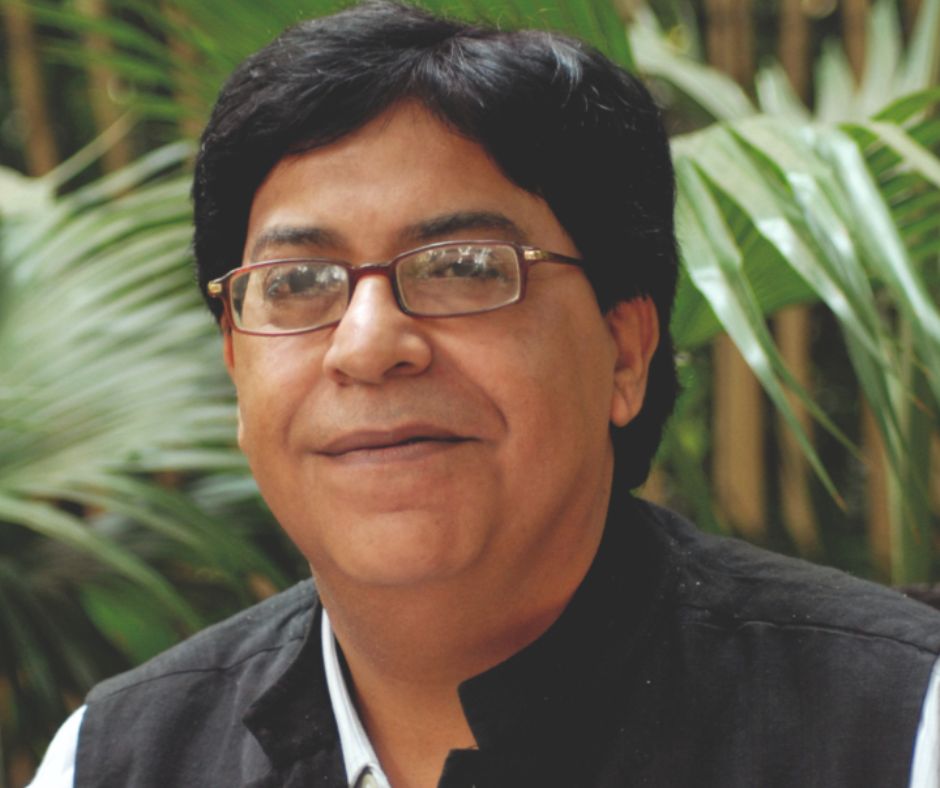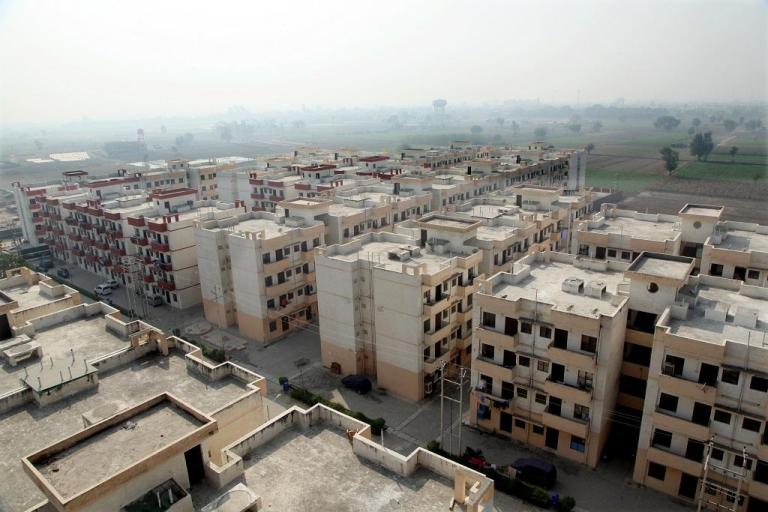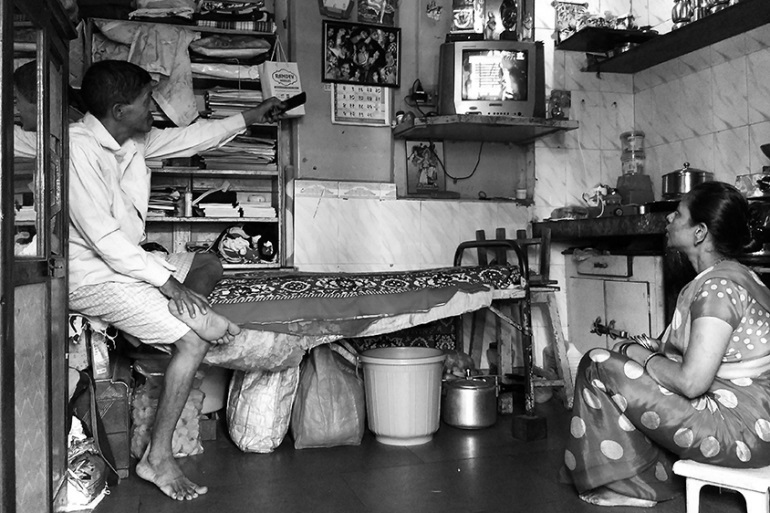Pulkit Soni weighs in on Photoshopped Architecture and talks about the role of storytelling in architecture and conceptual conveyance. Below:
As a final year student, I did my dissertation research on the domain of concepts in architecture. One significant area of study in my research was storytelling in architecture. I somehow relate rendering to the idea of storytelling – perhaps illustrations in a storybook would be the rendering, literally as well as figuratively so in the case of architecture.
I would share excerpts from my research here but, before I do that, I would like to share a couple of quotations that really impacted my thought process during the study.
“Sometimes reality is too complex. Stories give it form.” – Jean Luc Godard
“Storytelling reveals meaning without committing the error of defining it.” – Hannah Arendt
Now, from the dissertation:
Good stories always encourage engagement and engagement is what designers crave. Stories also create biases. Stories have the power to alter the thought without having any physical bearing.
In architecture, a story may add value to the experience without any physical creation.
“When the cycle of storytelling is used in the creation of new designs, the result is a nonlinear narrative within the architecture which is open to continuous interpretation from the perspective of the occupant.”
Storytelling is something that comes naturally to all humans. We communicate not with numbers and details, but with approximation, generalization and exaggeration; glossing over the facts and emphasizing the inner desire of thought process to meet the abstract.
With the power of storytelling comes a larger responsibility. It is the responsibility to be honest, in a sense that the stories be relevant to the context, the site and the building that they accompany.
How we represent our buildings, particularly to the public, can greatly affect how the narrative is experienced. “Buildings are not simply understood through spatial experience.”
Public buildings or large-scale constructions often use the media to inform people about the conceptual framework to the design, giving a representation to the public, of how the architect wants people to interact with the intellectual properties of a building. This restricts the public’s ability to understand and interact with architecture in an autonomous way.

The stories and words support what is being told by the architecture and generate a quest in the users to search. Stories are also about making-believe in the existence of something that isn’t there.
In reality projects are always constrained by things such as the site, the program, the budget and the construction. These have the real impact on the building being built and leave less space for other concepts to breathe hence stories come into the picture.
As designers, what we consciously or sub-consciously do through concepts, stories and rendering, is manipulate our clients or the possible users of the space. To be able to achieve more through these it would be handy to study consumer behaviour taking clients as the consumer and architecture as the commodity. I did do some peripheral research on that too, which could be summarized as the following:
An ideal architectural narrative would encompass all the factors to create an experience just like the ideal consumer experience in the world of marketing.
I think we as architects need to stop looking at rendering and photoshopped images with the lens of ethics. The discussion surrounding ethics becomes meaningless and doesn’t help the cause of architecture.







One Response